I don't know if I told you, but besides wood, I have another passion. I want to know as much secret about how alcoholic drinks are made, how they get their special taste. After all, they are all distillation products. I learned a lot of interesting stories about whisky from my life partner, a real encyclopaedia on the subject. I know a lot of interesting whisky stories that I promise to tell at some point. But now I want to intertwine my two passions and tell you about the influence the whisky cask has in shaping the final taste. Experts say that without that barrel ageing, whisky would be just a commonplace distillate.
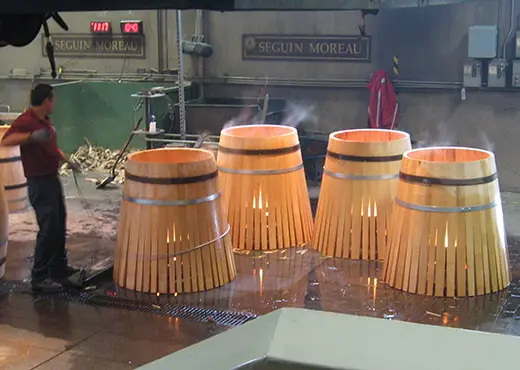
First of all, the barrel
The whisky cask has a determining influence on the taste. It is basically the one that gives almost all the elements that form the taste we perceive. Experts have discovered that there are substances in the wood which, even in very small quantities, such as ppm (parts per million) or even ppb (parts per billion), can alter the taste.
Despite the emergence of all kinds of woodworking machinery, the barrel is still made by hand. The wood used for whisky casks is American white oak or European oak. American oak is faster growing and rich in fine flavours. European oak grows more slowly, has harsher flavours and is rich in tannin. The wood should be between 70 and 200 years old. American oak should not be felled under 70 years, European oak under 100 years.
Cutting planks for dowels cannot be done anyway. The direction of the pores must be upwards and the radial vessels must not cross the plank. If not cut this way the alcohol evaporates easily and the barrel may start to drip. After cutting, the planks are dried to equilibrium moisture content of 10%. The way drying is done, naturally or in kilns, does not influence the quality of the barrel.
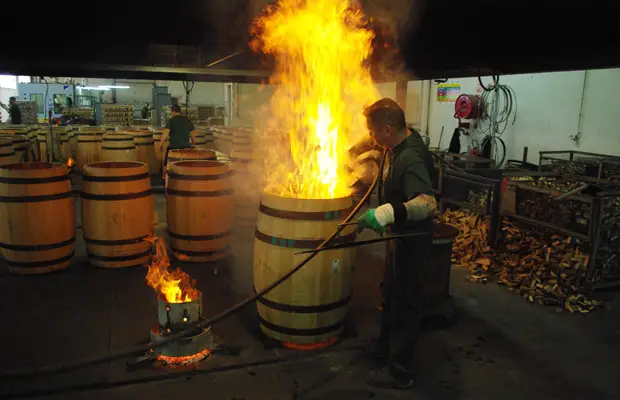
photo source: wwoodenbarrelwarehouse.com
Burning the barrel
Barrels made from the wood reached the above stage can only be used for storing whisky. For maturation it must be heat-treated. The treatment is done in 2 stages. In the first stage the wood is kept in special ovens at 200°C for 30 minutes. During this time the cellulose in the wood partly breaks down into sugars which are caramelised and the lignin is partly converted into vanillin. This wood is used to make the barrels which are then passed on to the second stage of treatment. They are burned for 3-5 minutes, after which the fire is extinguished with water. This activates the wood to release the aromas.
If you cut a treated dowel, you can see on the inside of the barrel, first the layer of burnt wood, then a ring of reddish wood. That's what it's called - a red ring. This is the area where the whisky will extract its flavours.
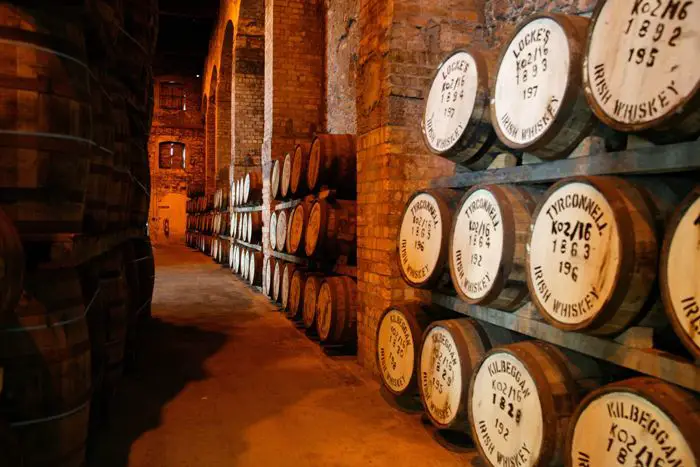
photo source: irelandwhiskeytrail.com
Whisky maturation
New whisky, freshly distilled, has a metallic and astringent taste. This taste disappears with maturation in cask for 5-8 years. That's why there are few whiskies under 8 years old. From the moment it is put in the cask it starts to extract vanilla, caramel and oak flavours. Over time, these flavours begin to blend with the qualities of the distillate given by the type of malt used.
If the whiskey is put in American oak casks, the longer it sits the more refined it becomes. This is not true of European oak. Kept for over 8 years, it takes on an unpleasant taste due to the tannins and is virtually undrinkable. In this case a trick is used. After 8 years it is moved to European oak barrels where it has been stored for another 1-2 years, during which time gets new flavours. But such a treatment can only get first fill whisky.
In the past, barrels were only used once for maturation. Due to increasing production and decreasing wood resources, they began to be reused. A barrel can be reused a maximum of 3-4 times, after which it loses its flavour. The best quality whisky is first fill, which is specified on the label.
Lately, a way has been discovered in which barrels can be used more. The treated layer, that red ring I mentioned earlier, is removed, after which the wood goes through the same treatment again. The process is called rejuvenation and it is assumed, because not enough time has passed yet, that it will extend the life of the barrels by up to 50-60 years.
When you want to buy a special whisky to taste with friends, it's a good idea to look for as much information as possible on the label. With their help you will be able to make the right choice and the tasting will be a success.




















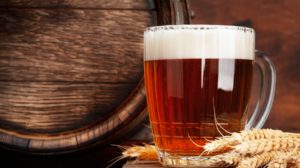
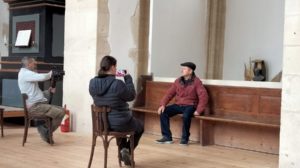

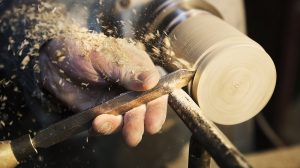


Add comment